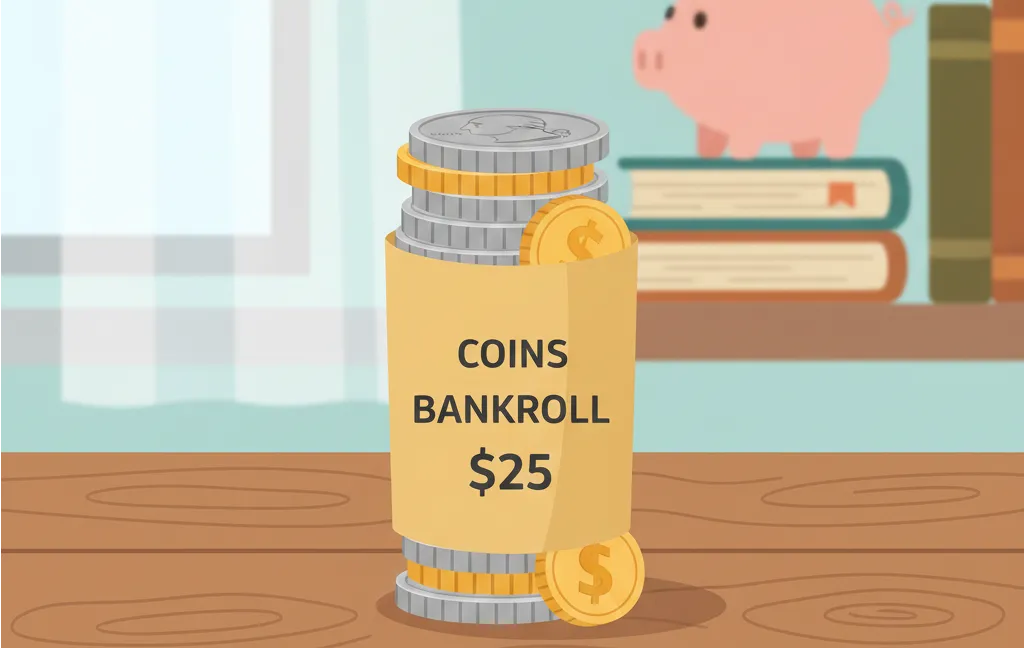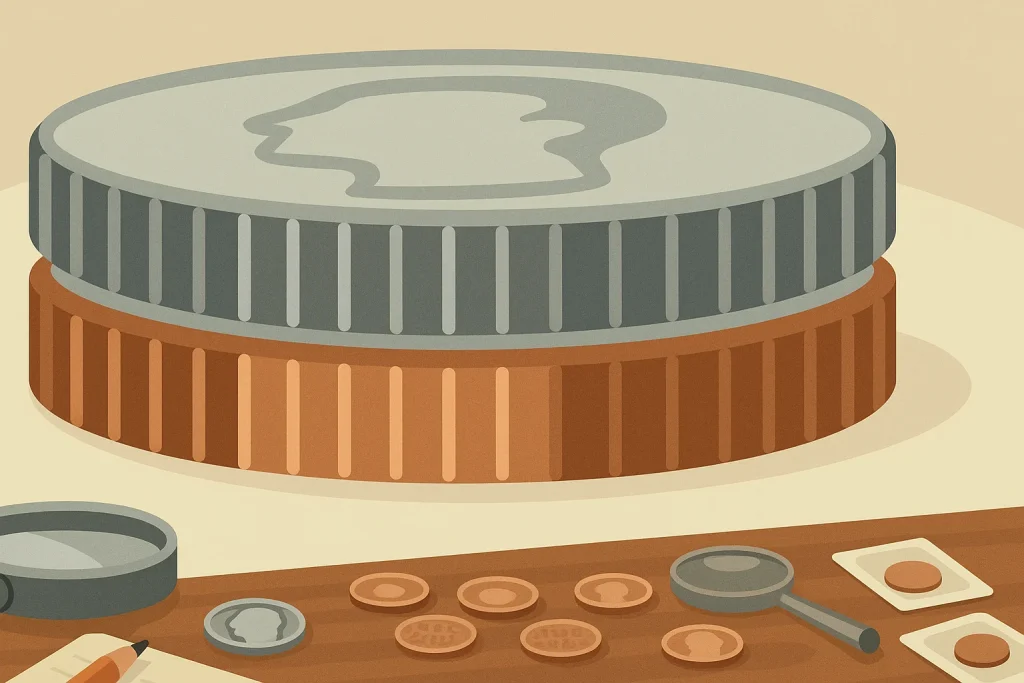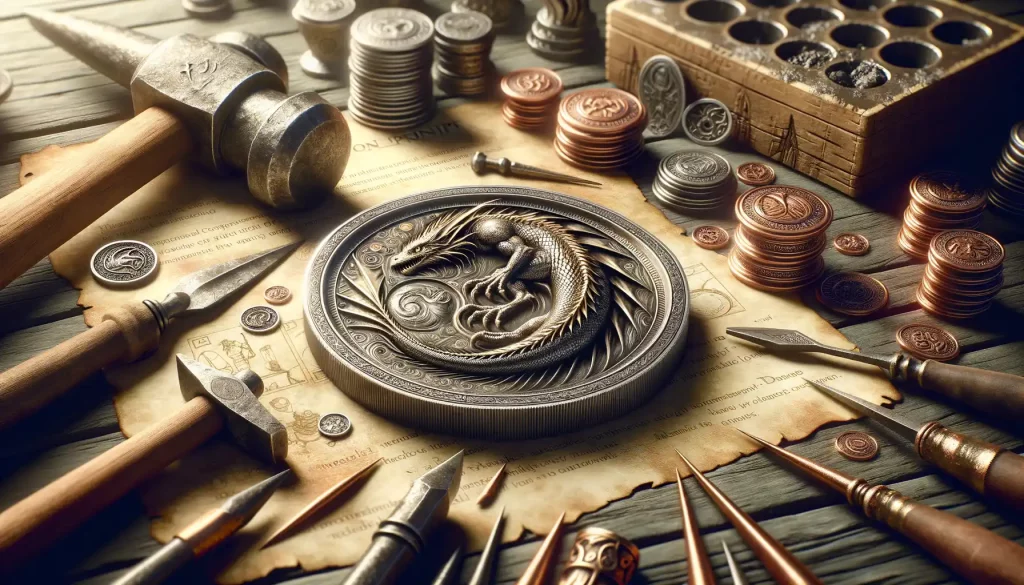Introduction to Currency Systems in Fantasy Games
The Magic of Gold, Gems, and Glimmering Coins
Imagine diving into a fantastical realm where wealth isn’t just a number—it’s a glittering hoard of radiant currencies, each humming with its own tale. In fantasy video games, currency systems aren’t merely tools for trade; they’re storytellers, gatekeepers, and treasure maps rolled into one.
Take a game like The Elder Scrolls V: Skyrim, where the sound of a coin pouch jingling feels oddly satisfying. Why? Because every piece of gold you earn represents not only the sweat of dungeon raids but also the promise of new weapons, enchanted artifacts, or even a cozy home in Whiterun. And then there’s Final Fantasy XIV, where you’re not only trading Gil but participating in a bustling virtual economy teeming with crafters, adventurers, and opportunistic merchants.
- Digital gold standards: Some games stick to classic gold-based systems, evoking the charm of ancient treasure chests.
- Magical alternatives: Others swap coins for mystical objects—runes, crystals, or even mana-infused shards.
Every system strikes a delicate balance between immersion and strategy. Currency becomes more than a tool; it transforms into an identity, a challenge, and for collectors, an irresistible prize.
How Currency Drives Gameplay and Player Interaction
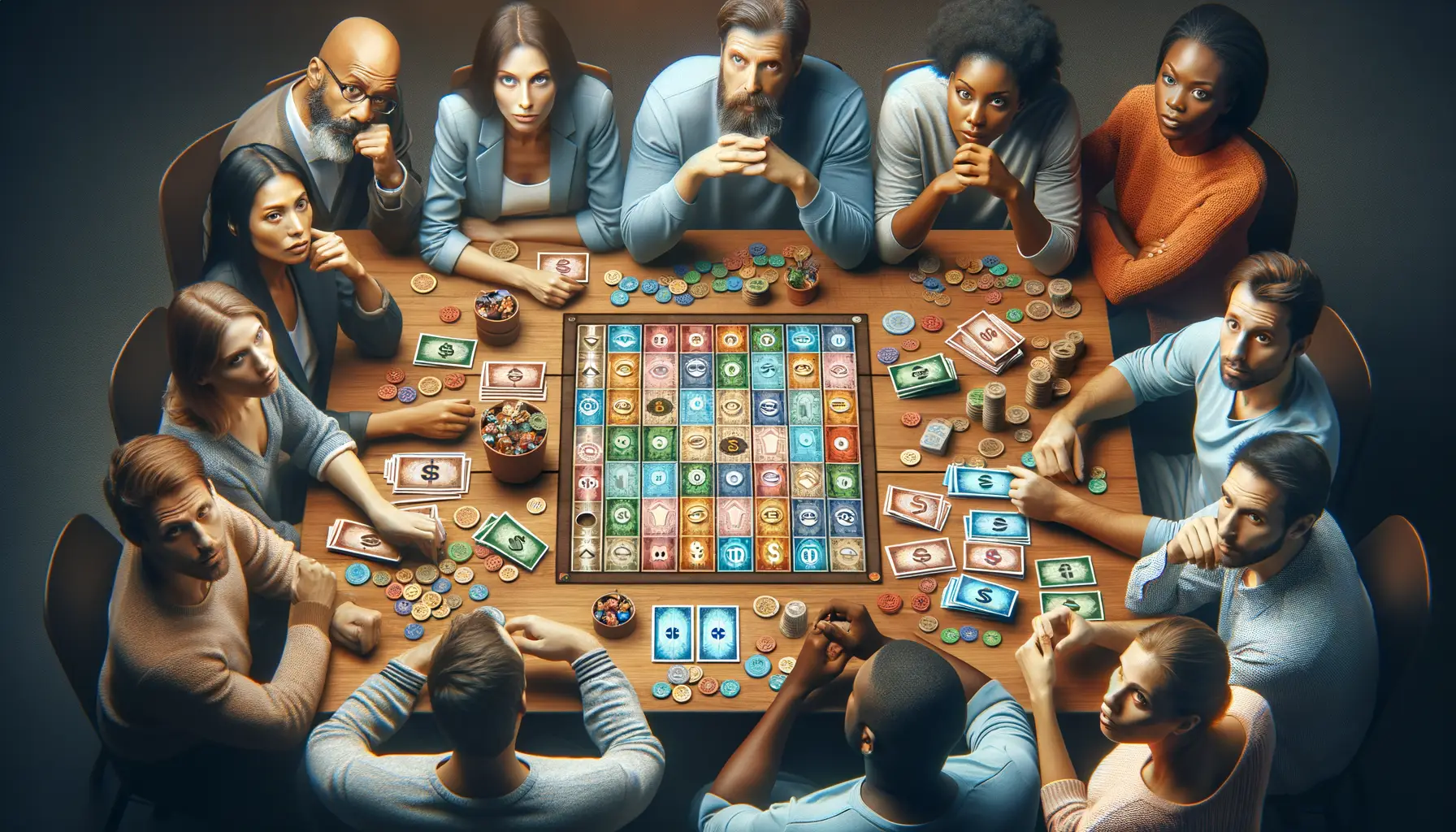
The Pulse of Adventure: How Currency Shapes the World
Imagine stepping into a lush, sprawling fantasy world where every gold coin clinks with promise. In these realms, currency isn’t just money—it’s the lifeblood of your journey. Need that elusive flaming greatsword from the blacksmith? Better fork over some precious coins. Eyeing a rare mount that shimmers like moonlight? Time to trade, haggle, or grind!
Currency sets the pace of gameplay. It forces you to make tough choices: do you blow all your hard-earned gems on a flashy upgrade now, or save for that game-changing artifact later? The tension is deliciously real. And more than that, it creates moments of triumph—earning enough for that prized item can feel as victorious as slaying the dragon itself.
- Bartering systems encourage social interaction, fostering alliances and rivalries.
- Auction houses transform players into cunning strategists, bidding their way to glory (or ruin).
The magic lies in how currency connects us—whether you’re pooling resources with friends to conquer a dungeon or taunting rivals over your glittering hoard. With every transaction, you aren’t just playing; you’re building stories.
Collecting and Managing In-Game Currencies
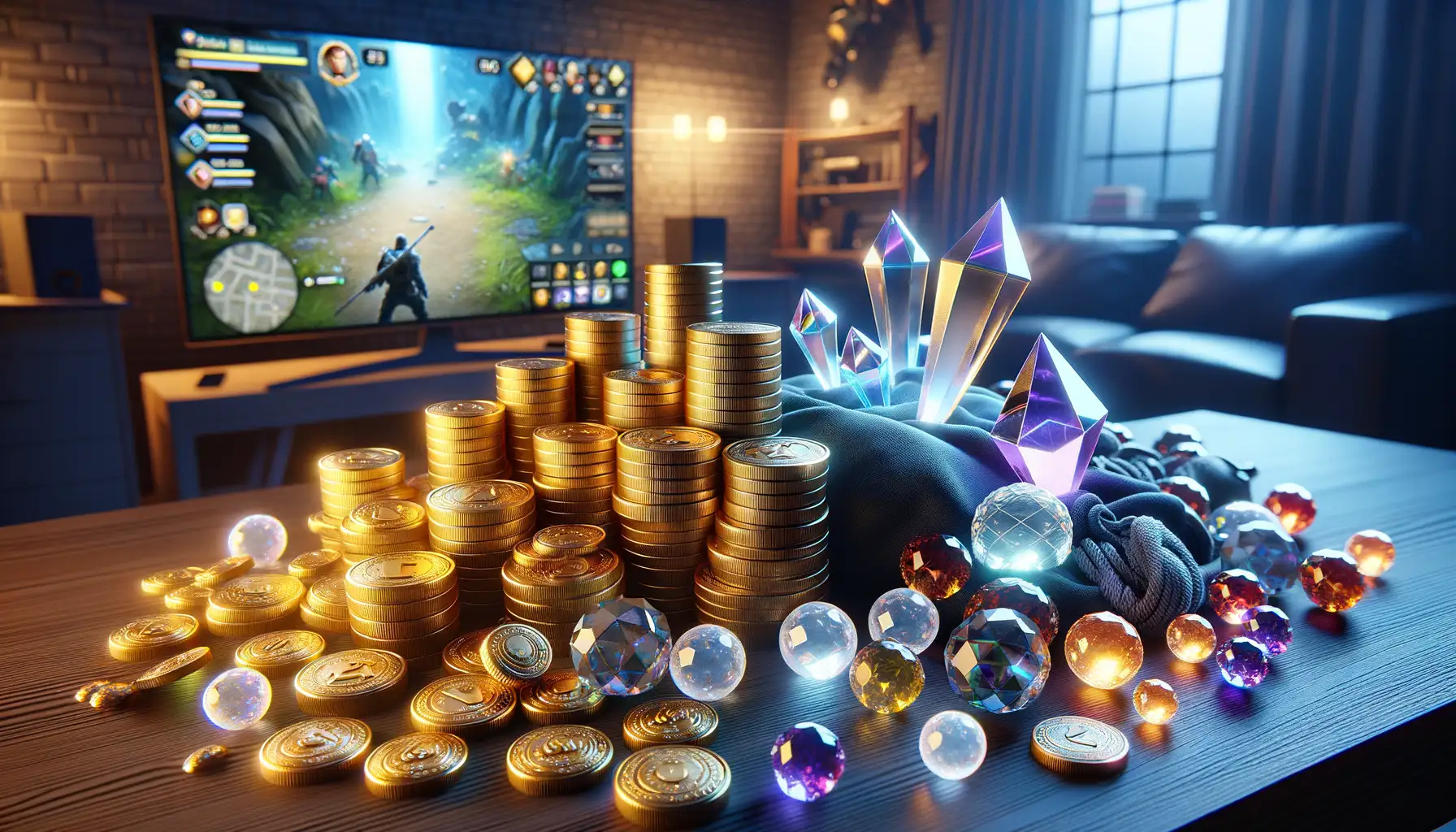
The Thrill of Hoarding the Rare and the Shiny
Every fantasy gamer knows that electric jolt when you stumble upon a pile of glittering treasure in a forgotten dungeon. Gold coins, shimmering gems, mystical tokens—they’re not just pixels; they’re stories waiting to be told. But collecting in-game currencies isn’t as simple as stuffing a sack full of coins. Oh no, it’s an adventure all on its own.
Here’s the secret sauce: smart gamers treat their in-game wallets like a strategy board. Do you splurge your hard-earned mana shards on that dazzling magic staff now? Or do you hoard them for a mythical mount that might drop into the shop next week? The delicate balance between spending and saving can make or break your gaming experience.
- Trade rare collectible coins to unlock exclusive customization options.
- Track daily missions for fast cash grabs—they’re often hiding bonuses!
- Beware the currency sinkholes like overpriced potions or impulse buys.
Mastering the Art of Micromanagement
Managing your virtual riches can feel like running a kingdom. From checking exchange rates if there are multiple types of currencies to carefully budgeting your loot before boss battles, every move requires precision. For example, converting a pile of gold drachmas into platinum tokens may seem innocent—until you realize you’ve been hit with a 10% transaction fee. Ouch!
Pro tip: Some games hide treasures in plain sight. Look out for secret stashes tucked away in side quests or underappreciated areas. It’s like finding a twenty-dollar bill in your old jacket pocket—pure joy! And never underestimate the power of a spreadsheet. Yes, spreadsheets. Even in fantasy realms, staying organized can mean the difference between amassing a wealth of epic proportions and barely scraping by.
The Evolution of Virtual Economies in Gaming
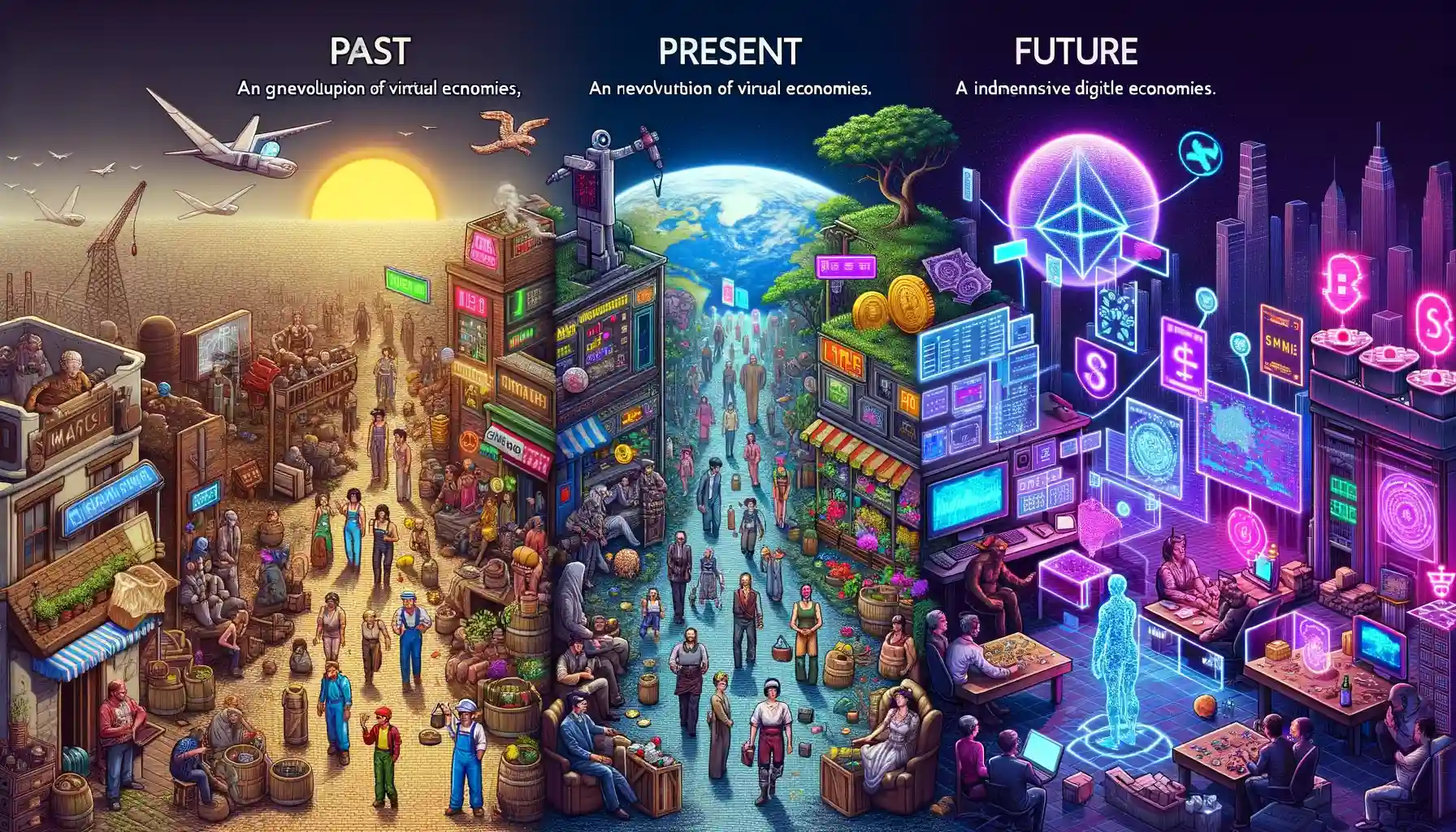
The Birth of Digital Marketplaces
Imagine stepping into a game world where you’re not just a hero, mage, or rogue—you’re also part of a bustling, ever-changing marketplace. Virtual economies didn’t pop up overnight; they emerged as players began trading, bartering, and experimenting in these digital realms. In the early days, it was simple: trade items for gold, and gold for upgrades. But then came the revolution—a shift where games like World of Warcraft and RuneScape became playgrounds for burgeoning economies. Suddenly, virtual worlds had their own stock markets, toxic inflation, and even black markets!
Why did this happen? Because game designers realized something magical: players weren’t just in it for quests—they wanted the thrill of buying, selling, and saving. By introducing scarcity (that ultra-rare sword) and demand (hello, potion hoarders!), developers created entire ecosystems that felt alive.
- Rare loot became currencies in their own right (looking at you, Diablo II’s Stone of Jordan).
- Players formed “guild banks” to pool resources and dominate the economy.
- Real-money trading blurred the lines between fantasy and reality.
Player Power: Shaping In-Game Economies
Here’s the kicker: virtual economies aren’t just developer-made—they’re player-driven. Take EVE Online, known for its player-crafted economy so detailed that economists study it! That Apocalyptica-class battleship you saved for months? Prices shift depending on wars, alliances, and raw material harvests, all run by YOU, the community.
Even in smaller games, players have shaped their worlds. Remember the chaos when players intentionally tanked the market in Animal Crossing’s turnip trade to troll their friends? Or when rare Pokémon cards in Pokémon TCG Online became ridiculously overvalued because collectors hoarded them? These moments reveal one truth: the best virtual economies mirror real life—messy, unpredictable, and brilliantly human.
Future Trends and Challenges for In-Game Currencies
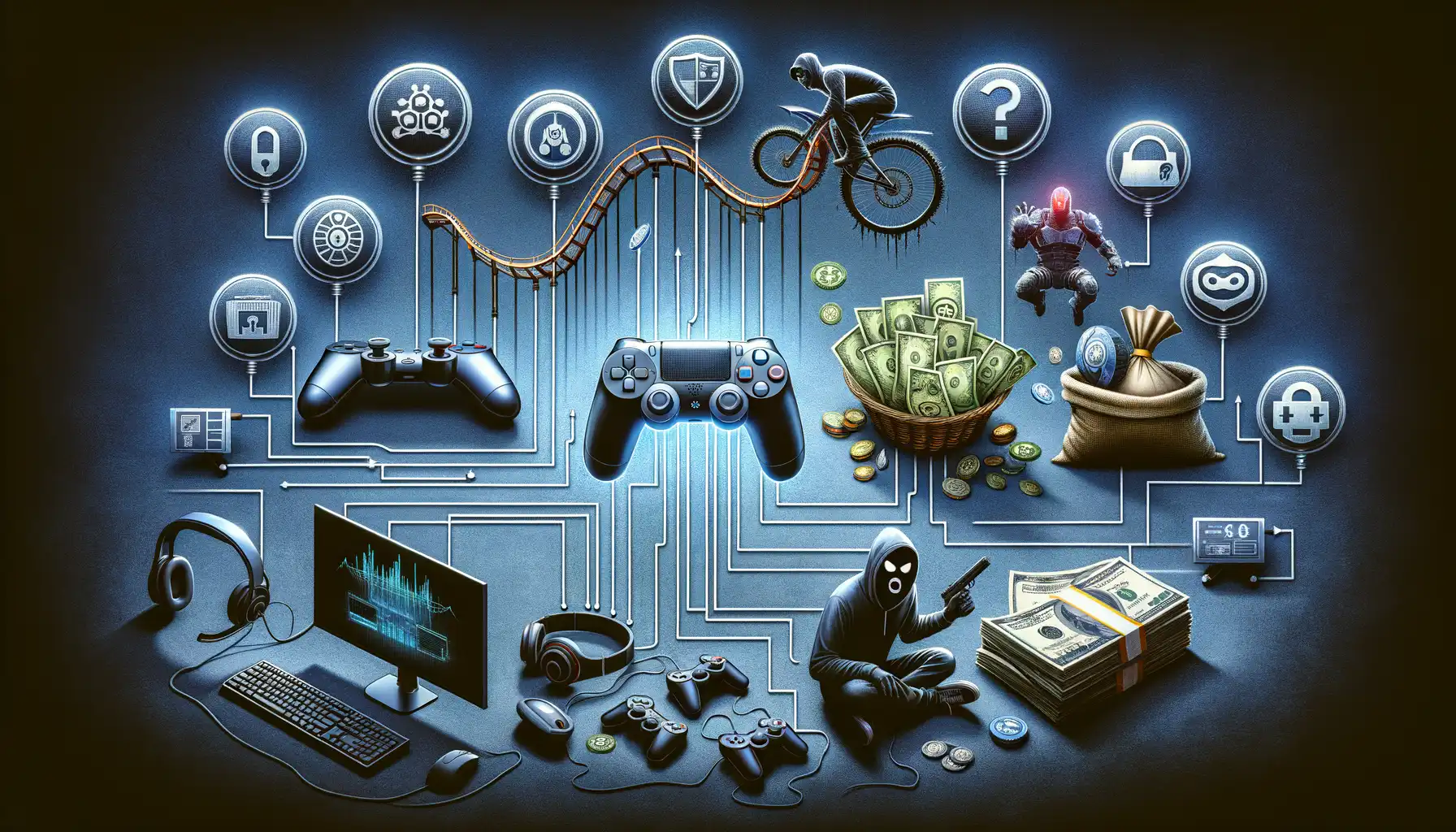
The Rise of Blockchain and True Ownership
Picture this: you grind for hours to earn that rare, shimmering artifact in your favorite fantasy RPG, but what if you could actually own it forever? Enter blockchain technology. Developers are toying with the idea of integrating non-fungible tokens (NFTs), turning in-game currencies and rare items into transferrable assets. Imagine trading your hard-earned treasures across games or even cashing them out in real life! However, this bold new frontier raises thorny questions about accessibility, security, and balancing fairness.
The challenge? Avoiding a pay-to-win nightmare where only players with deep pockets thrive. And let’s not forget the environmental concerns tied to blockchain tech—keeping it green won’t be as simple as brewing a mana potion!
AI-Driven Economies: Smarter Worlds, Tougher Choices
Now consider how artificial intelligence is reshaping the way these virtual economies behave. Game worlds will soon feel alive, adjusting prices, resources, and rewards in real time based on player actions. Picture an NPC wizard who notices inflation in your town and raises the fee for his rare spells!
Risks? Sure, there are a few:
- Too much complexity could overwhelm casual players.
- Imbalances might emerge if AI favors veteran gamers.
- Unfair loopholes could be exploited by savvy traders.
The future of in-game currencies is dazzling and unpredictable—are you ready to keep up?

